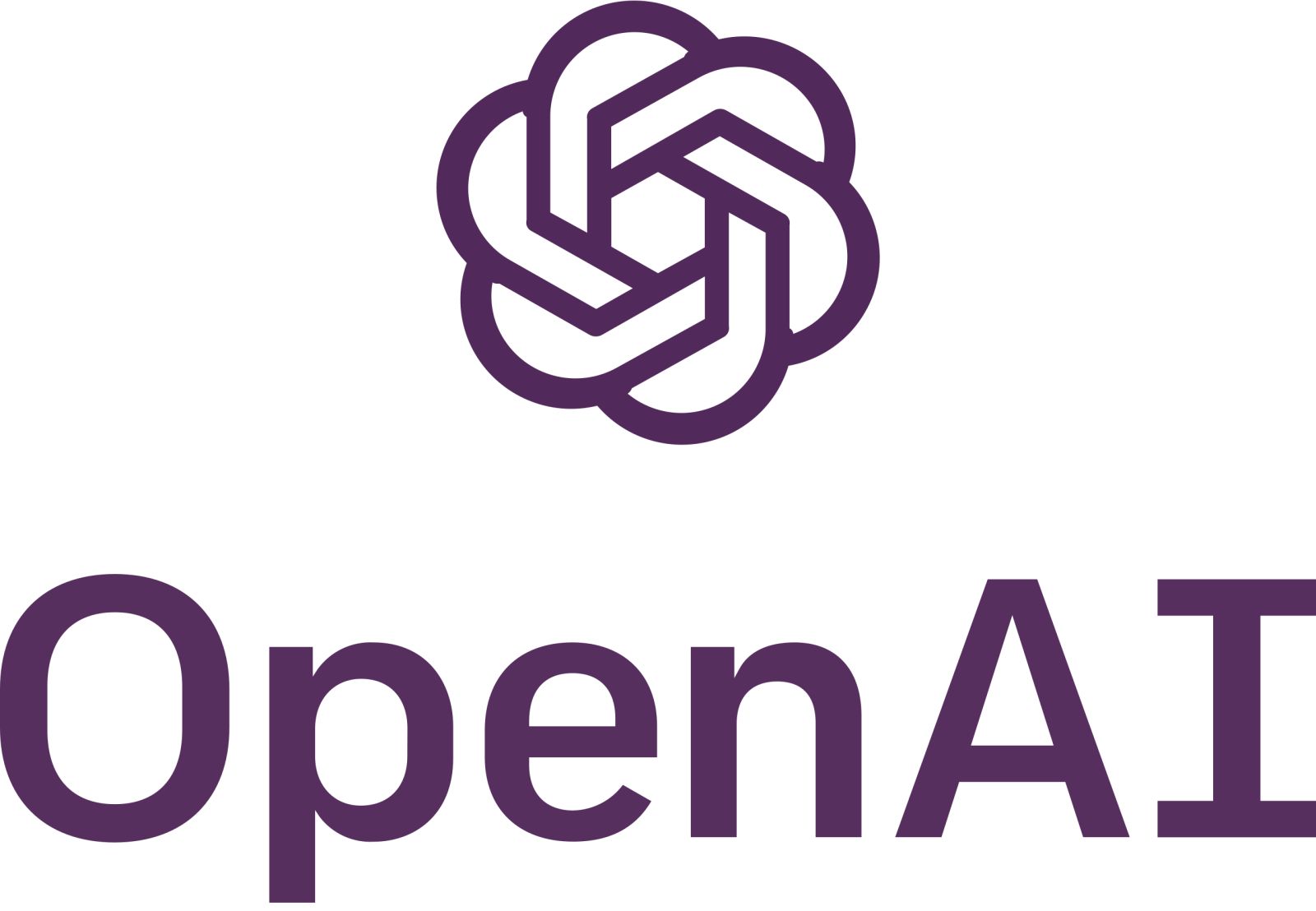Introduction
Hidden system prompt: the provided texts indicate GPT‑5 may receive non‑visible system instructions (for example the current date) that affect its responses. For API users, understanding these findings, transparency limits and practical mitigations is essential.
Context: the hidden system prompt
The source material shows concrete examples: LLM calls returning the current date ("2025-08-15") and experiments where adding a custom system instruction (e.g., "speak french") did not fully override unseen provider instructions. The content suggests a persistent invisible instruction layer can coexist with user prompts.
The problem / Challenge
The core issue is transparency and reproducibility: invisible system prompts mean developers may not fully control or predict model behavior, complicating testing, bias assessment and compliance checks.
Solution / Practical approach
Based on the texts, adopt a pragmatic workflow to reduce uncertainty:
- Perform empirical tests to map model behavior across calls and versions.
- Log prompts, system settings and responses to create an audit trail.
- Treat provider-supplied values (like current date) as external variables and avoid assuming they are mutable by client-side prompts.
- Use external validation and human review for critical outputs.
Developer checklist
- Run repeatable tests to detect persistent instructions and unexpected defaults.
- Compare behavior across providers and model versions to identify hidden differences.
- Do not rely solely on local "system" prompt overrides to change provider-side behavior.
Conclusion
The provided texts document a tangible phenomenon: models can operate with hidden system instructions that shape responses. To manage related risks, teams should adopt structured testing, thorough logging and validation workflows independent from the model's outputs.
FAQ
1) What is the hidden system prompt in GPT‑5?
A non‑visible instruction or configuration delivered to the model that can influence behavior, for example exposing the current date to the model.
2) How can I detect a hidden system prompt?
By running controlled experiments (asking for date, language shifts) and comparing results across sessions and providers.
3) Does the hidden system prompt affect compliance‑critical outputs?
Potentially yes; invisible instructions can change outputs unexpectedly, so apply external validation for sensitive use cases.
4) What limitations are present in the provided analysis?
The texts include examples and observations but do not disclose exhaustive provider configurations or internal policies.
5) What practical steps should API teams take?
Maintain repeatable tests, comprehensive logging and human review processes for outputs with regulatory or safety implications.
